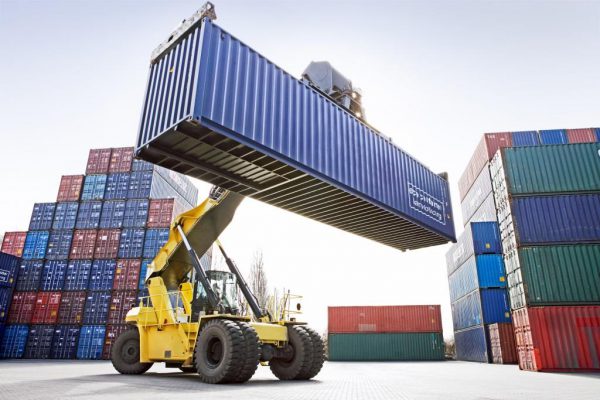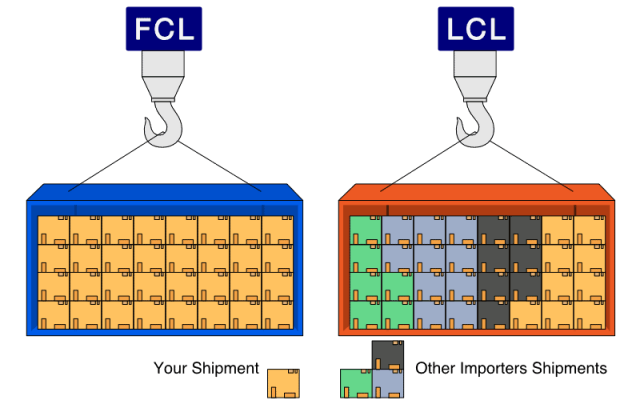Ocean freight rates could decline sharply in early 2023
- Congestion at US and European ports is unlikely to be resolved before 2023. It is like bottlenecks persist in many parts of the supply chain. It includes a lack of wharves, trucks, warehouses, and workers.
- In addition, port infrastructure needs time to adapt to larger, newly built vessels before the congestion is resolved. The global movement of goods depends heavily on China and its “Zero COVID” strategy.
- Congestion should gradually improve in the second half of 2023. When COVID-19 prevention measures are removed in most markets, including China.
- The main factor determining the rate adjustment process is the problem of supply chain bottlenecks. Ocean rates will take a long time to adjust from peaks. It will gradually decrease but remain high in the second half of 2022.
- Even so, ocean rates could drop sharply in early 2023 if the congestion is resolved, and China reopened
3 suggestions for buying wholesale handcrafted home décor
1, Plan your wholesale home décor orders for the upcoming season.
- Buyers and importers should develop seasonal purchasing strategies for Handicraft Home Decor Wholesale. And suppliers should be informed of such strategies. It’s all about bulk quantities preparation.
- In order to achieve the lowest possible material cost for each season, home décor manufacturers can predict and modify the timeline, which can lead to better rates for you. Suppliers will prepare supplies in stock based on when you plan to place your order, avoiding a shortage of materials during mass production.
- Making seasonal purchase plans gives you a better idea of what’s coming up, as well as when and where to deploy your inventory. Additionally, it significantly lowers ocean freight charges per item, particularly during busy periods.
2, Select FCL instead of LCL
You may be familiar with LCL and FCL if you have ever shipped or ordered goods from overseas. These are two terms that are frequently used in the logistics sector to refer to import and export maritime freight. It is advised to select FCL over LCL while maritime freight prices are still rising.
- LCL = Less than Container Load
- FCL = Full Container Load
FCL provides greater advantages in the current situation, particularly for home furnishings made of natural materials. Here are three things you have to absolutely check out:
- Faster delivery: Grouping and separating goods for LCL at a destination port might take quite some time; this is not the case with FCL. The transit time is sped up by one or two weeks with FCL since your cargo isn’t mixed in with other shipments. As a result, you’ll get your purchase sooner.
- Reduce risk to commodities: Since your cargo won’t be crushed and smushed by heavy or liquid shipments, it won’t be subject to contamination, spillage, or damage while the vessel is in transit. This is very important for you since buyers usually want products that haven’t been harmed during transportation.
- Lower delivery fees: When compared on a per cubic meter basis for a typical cargo, an LCL cost is frequently twice that of an FCL fee (CBM). In addition, upgrading to a 20-foot container and choosing FCL is frequently the better option for bigger cargoes. As ocean freight transportation is a far more economical option, the tipping point is often somewhere around 15 cubic meters.


